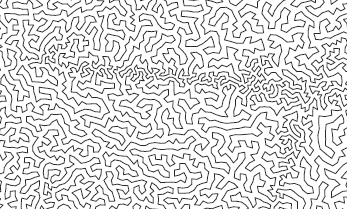I recently received review copies of two books by Benjamin Wardhaugh. Here I will discuss How to Read Historical Mathematics (ISBN 0691140146). The other book is his anthology of historical popular mathematics which I intend to review later.
Here is the key passage, located near the end of How to Read Historical Mathematics, for identifying the author’s perspective.
But not all historical mathematics is significant. And perhaps there is a second kind of significance, where something can be historically significant without being mathematically significant. Some historians (I’m one of them) delight in investigating mathematical writing that contains little or no important or novel mathematics: popular textbooks, self-instruction manuals, … or old almanacs and popular magazines with mathematical news or puzzles in them. These kinds of writing … are certainly significant for a historian who wants to know about popular experiences of mathematics. But they’re not significant in the sense of containing significant mathematics.
Wardhaugh’s perspective is valuable, though it is not one that I share. My interest in historical math is more on the development of the mathematical ideas rather than their social context. I’m interested, for example, in discovering the concrete problems that motivated mathematics that has become more abstract and formal.
I was hoping for something more along the lines of a mapping from historical definitions and notations to their modern counterparts. This book contains a little of that, but it focuses more on how to read historical mathematics as a historian rather than as a mathematician. However, if you are interested in more of the social angle, the book has many good suggestions (and even exercises) for exploring the larger context of historical mathematical writing.


